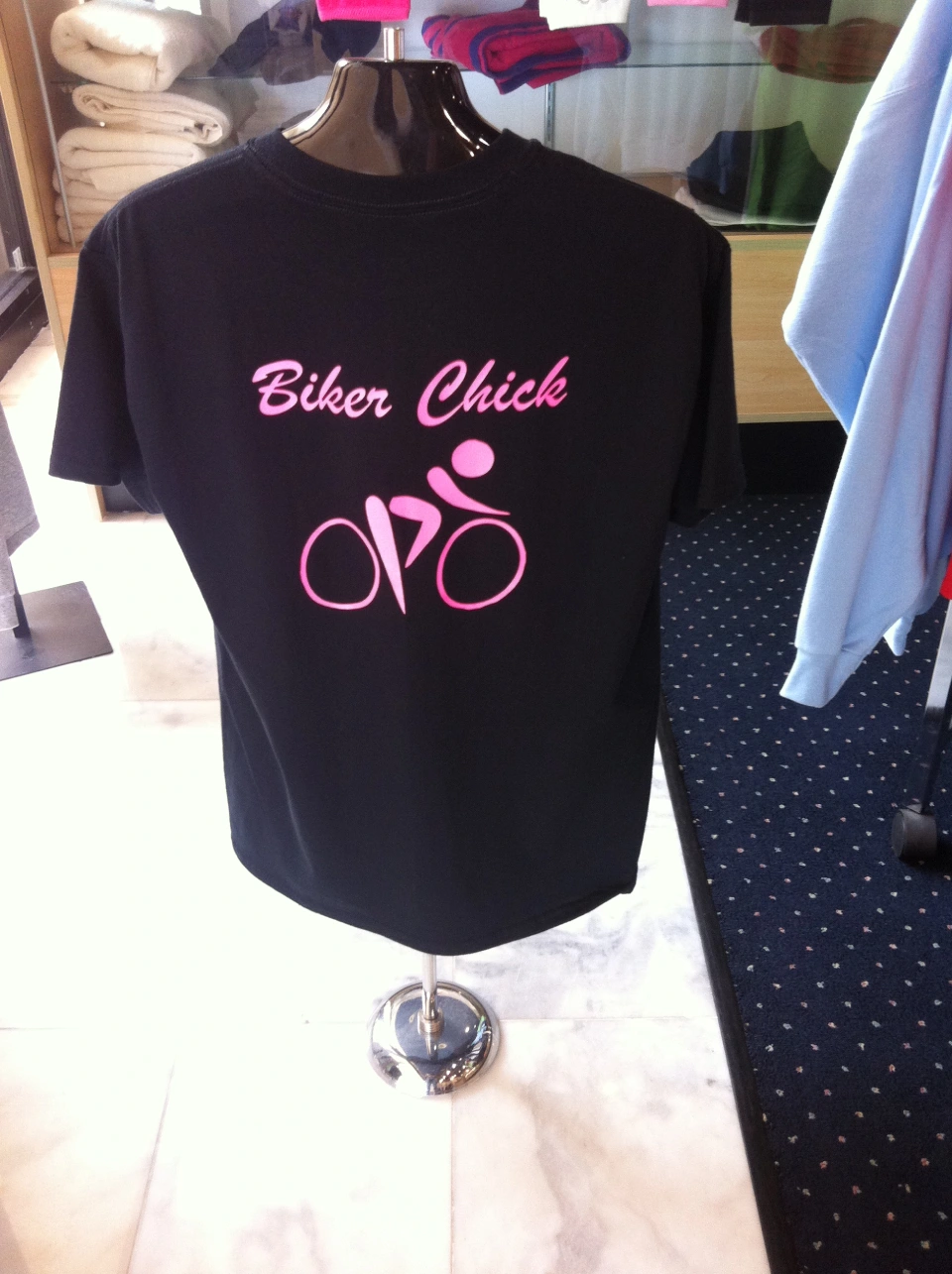Professional Screen Printing Services for T-Shirts, Aprons, and A lot more
The Art of Custom-made Needlework: Opening the Secrets to Creating One-of-a-kind and Remarkable Styles
Embroidery, a craft soaked in practice and creativity, holds within its detailed stitches the power to change material into a canvas of distinct expression. The keys to producing custom-made needlework layouts that astound the eye and leave a lasting impression hinge on a fragile balance of technique, imagination, and interest to information. As we explore the world of custom-made needlework, we reveal the nuanced interplay between string option, stitch intricacy, and style personalization that elevates a mere garment to a work of art. Join us on a trip via the art of personalized embroidery as we untangle the secrets behind crafting really memorable and distinct developments.
Choosing the Right Embroidery Threads
When choosing needlework threads, what crucial aspects should you consider to make certain the ideal outcomes for your custom designs? The option of embroidery thread is critical in determining the last result of your embroidered design.
Thicker threads can include measurement and appearance to your design, while finer strings are suitable for intricate information and small message. Furthermore, considering the color fastness and washability of the string is critical to make certain that your customized designs keep their high quality and vibrancy over time.
Discovering Various Stitch Methods
To explore the world of 'Discovering Different Stitch Strategies', one need to realize the intricacies and subtleties that each sewing technique gives the art of embroidery. Different stitch methods not just include visual rate of interest but likewise add to the total structure and measurement of the style. One popular stitch strategy is the satin stitch, which includes very closely jam-packed parallel stitches to produce a smooth and shiny surface, suitable for filling in forms and producing strong describes.
On the other hand, the backstitch is a versatile technique typically made use of for laying out and adding great information. It includes stitching backward to produce a solid line of embroidery. Furthermore, the French knot stitch includes a responsive component to styles, best for developing textured accents like flower facilities or decorative touches.
Checking out various stitch techniques allows embroiderers to have fun with light, darkness, and depth within their designs, raising the visual allure and imaginative top quality of their needlework tasks. By grasping numerous sewing techniques, one can unlock unlimited opportunities for creating distinct and memorable personalized embroidery pieces.
Incorporating Personalized Layout Components
Having actually checked out the ins and outs of different stitch methods such as the satin stitch, backstitch, and French knot, the focus currently changes towards integrating tailored design aspects in custom-made embroidery tasks. Personalized style components play an essential duty in making embroidery jobs really one-of-a-kind and remarkable.
One more method to incorporate personalized design aspects is by consisting of symbols or themes that hold special meaning to the recipient or show their rate of interests and character. For example, incorporating a preferred flower, pet, or hobby-related sign can make the embroidery design much more significant and customized. In addition, selecting colors that resonate with the recipient or align with the desired style can even more boost the customization of the needlework task.
Mastering the Art of Shade Sychronisation

One secret element of my explanation shade coordination is recognizing shade theory. This consists of recognizing just how various colors engage with each other, the emotions they convey, and just how they can be combined to develop aesthetically appealing designs. By using color theory concepts, embroiderers can produce unified shade combinations that improve the general appearance of the design.
Furthermore, focusing on contrast is essential in shade coordination. Making use of contrasting colors can aid particular aspects of the layout pop, enhance legibility, and develop a visually dynamic needlework piece. By understanding the art of shade control, embroiderers can raise their layouts and develop unforgettable pieces that resonate with clients and viewers alike.
Enhancing Structure With Advanced Needlework Stitches
French knots, for instance, are excellent for including little, elevated dots to your layout, resembling the appearance of grains or creating a distinctive surface area. Bullion knots, on the other hand, can be used to create twisted, ropelike elements that include a lavish feel to the embroidery. Seed sewing involves little, scattered stitches that can fill out locations with a polychromatic texture, while turkey work produces fluffy, dimensional accents evocative animal fur or foliage. Trying out with these advanced embroidery stitches allows you to push the boundaries of standard embroidery and produce absolutely distinct and visually attractive structures in your designs.
Conclusion
To conclude, the art of custom-made needlework entails a mix of selecting the appropriate strings, checking out different stitch methods, integrating tailored layout elements, understanding color control, and enhancing texture with innovative stitches. By comprehending and applying these crucial elements, embroiderers can create special and unforgettable designs that showcase their creative thinking and skill. Needlework lovers can open the keys to producing attractive and custom pieces that stick out and leave a long lasting perception.